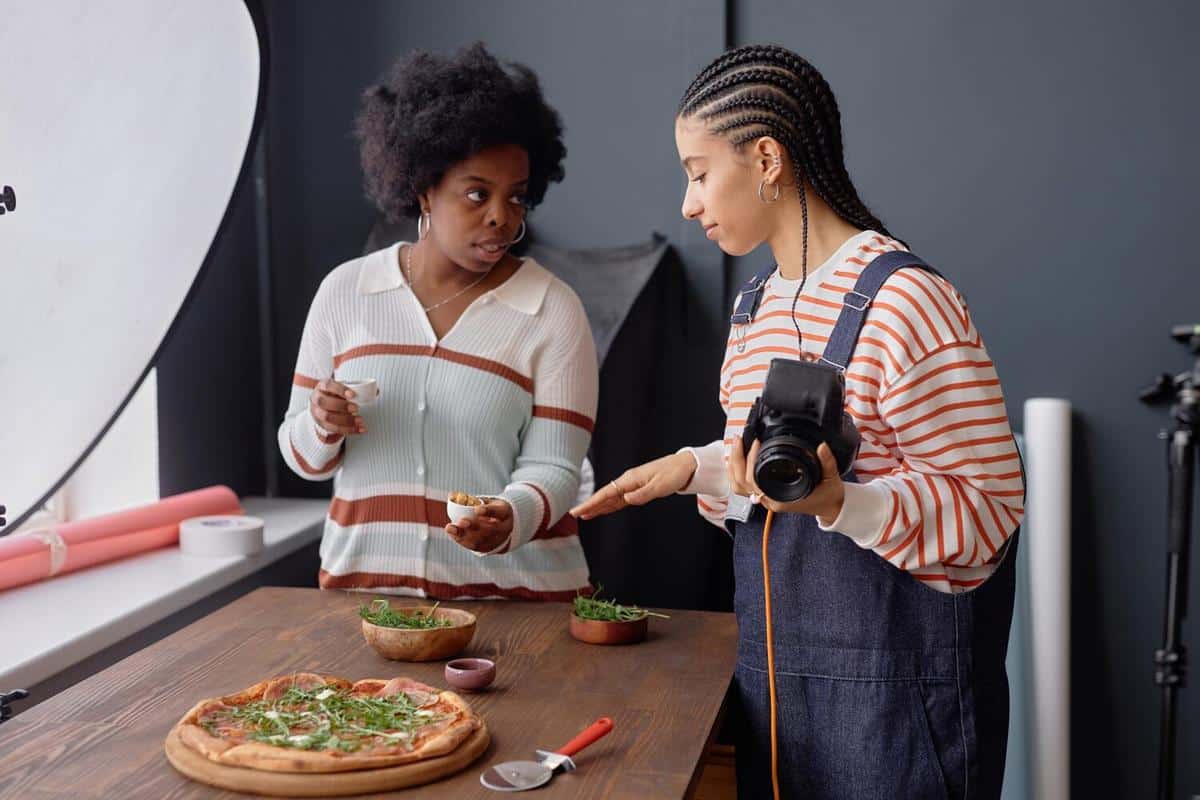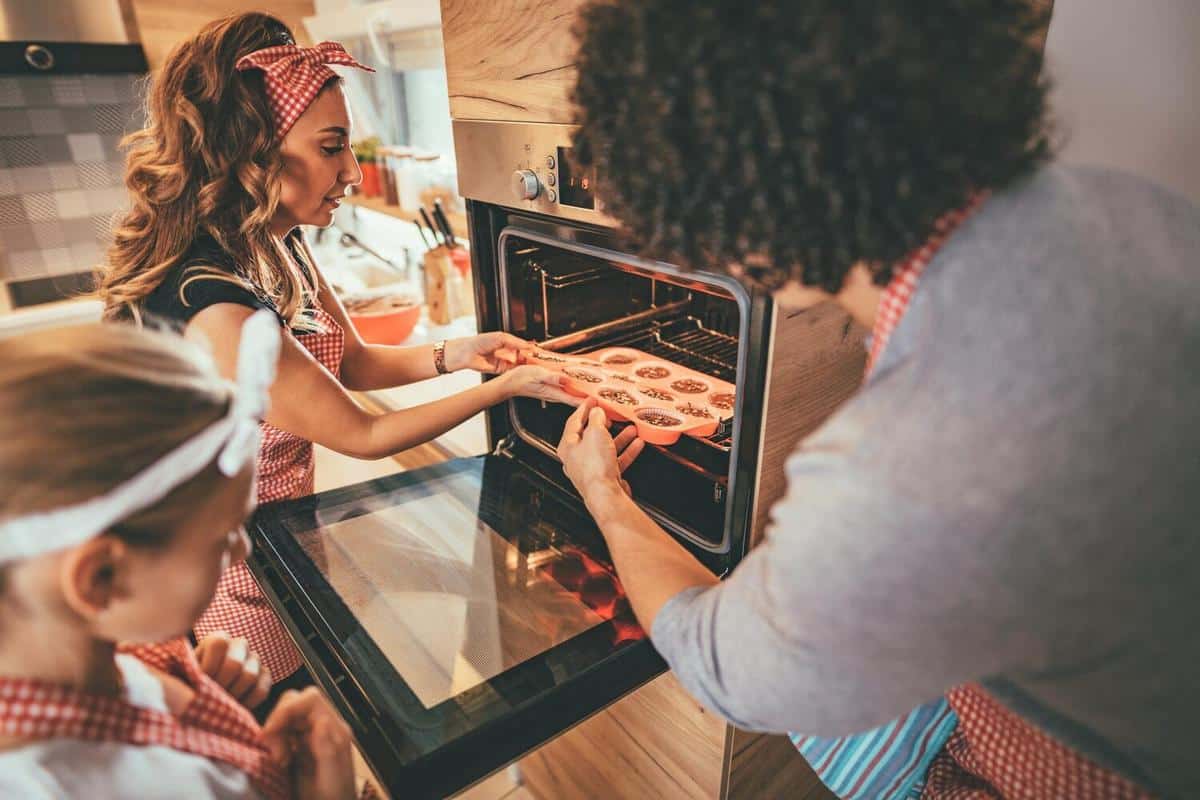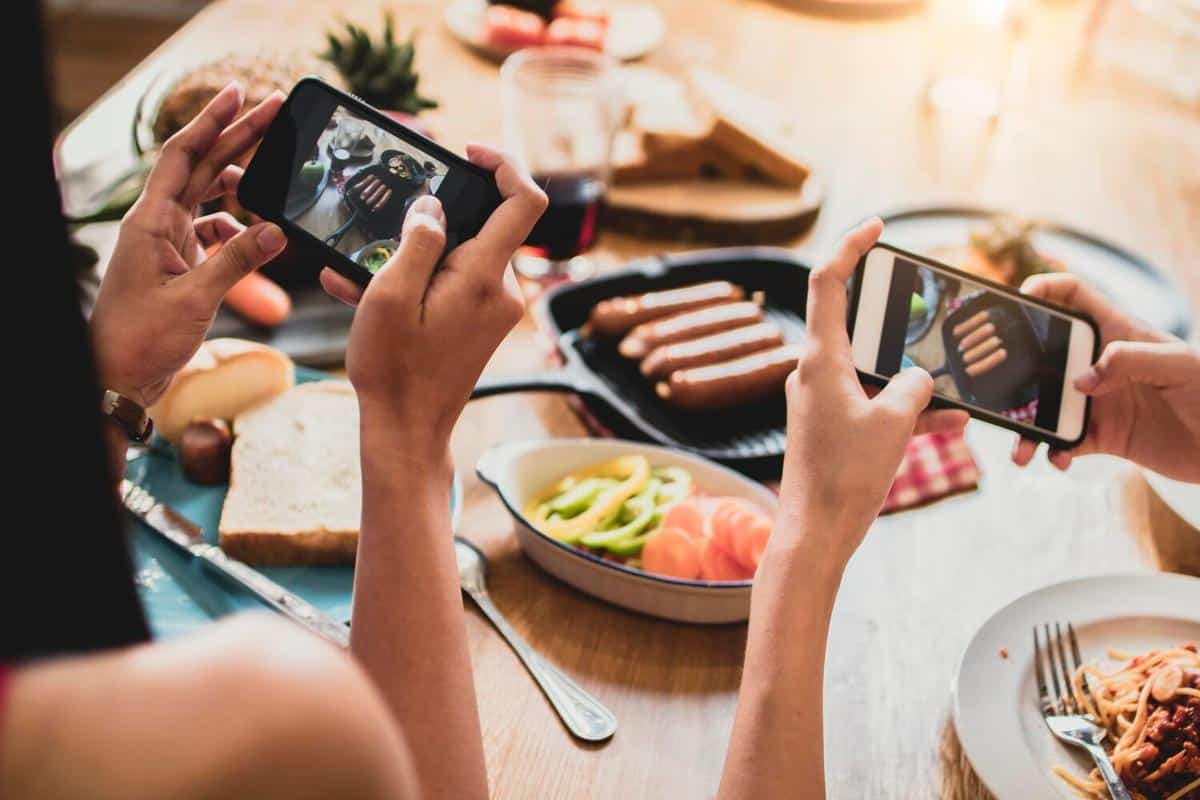
Food Photography Tips: Capturing the Perfect Instagram Dish
Capturing the essence of a dish through photography is both an art and a science. With the rise of social media platforms like Instagram, food photography has become a captivating way to share culinary creations with a wider audience.
Understanding the Basics of Food Photography
Food photography requires a keen eye and an understanding of basic photography principles. According to professional food photographers, lighting is the most crucial element. Natural light is often preferred, but understanding how to manipulate artificial light can also yield excellent results.
Expert Insights
Renowned food photographer Andrew Scrivani suggests starting with a simple setup. “Use a white or neutral background to make the dish pop,” he advises, highlighting the importance of not letting background elements overshadow the food itself.
Statistics and Research
Recent studies indicate that posts featuring high-quality food images receive up to 30% more engagement on social media compared to text-only posts. This underscores the importance of quality visual content in the digital culinary scene.
Personal Experience
I recall photographing a vibrant salad for a friend’s food blog. The key was finding the right angle to capture the layers and colors, which made the dish more appealing to viewers.
Actionable Tips
- Use natural light: Position your dish near a window for soft lighting.
- Experiment with angles: Overhead shots are popular, but don’t shy away from side angles to show depth.
- Focus on details: Highlight textures and colors by getting close to the subject.
- Staging and styling: Simple props can enhance the storytelling of your dish.
Resources for Further Learning
For those looking to delve deeper into food photography, consider these resources: CreativeLive offers comprehensive courses on photography, and Digital Photography School provides valuable tips and tutorials.
| Aspect | Recommendation |
|---|---|
| Lighting | Natural light, avoid harsh shadows |
| Background | Neutral colors, minimal distractions |
| Angles | Overhead, 45-degree, side |
| Editing | Subtle highlights, contrast adjustments |
| Props | Simple, relevant to the dish |
| Camera Settings | Aperture priority for depth of field |
| Composition | Rule of thirds, leading lines |
| Post-Processing | Enhance without over-editing |
FAQs
What is the best time of day for food photography?
The best time is during the day when natural light is abundant, typically around mid-morning or late afternoon.
Should I use a DSLR or a smartphone for food photography?
Both can be effective. DSLRs offer more control, but smartphones with good cameras can also produce excellent results if you focus on lighting and composition.
Conclusion
Mastering food photography involves practice and an eye for detail. By focusing on lighting, composition, and styling, you can create visually appealing images that captivate your audience. Start experimenting with these tips and watch your food photography skills flourish.


